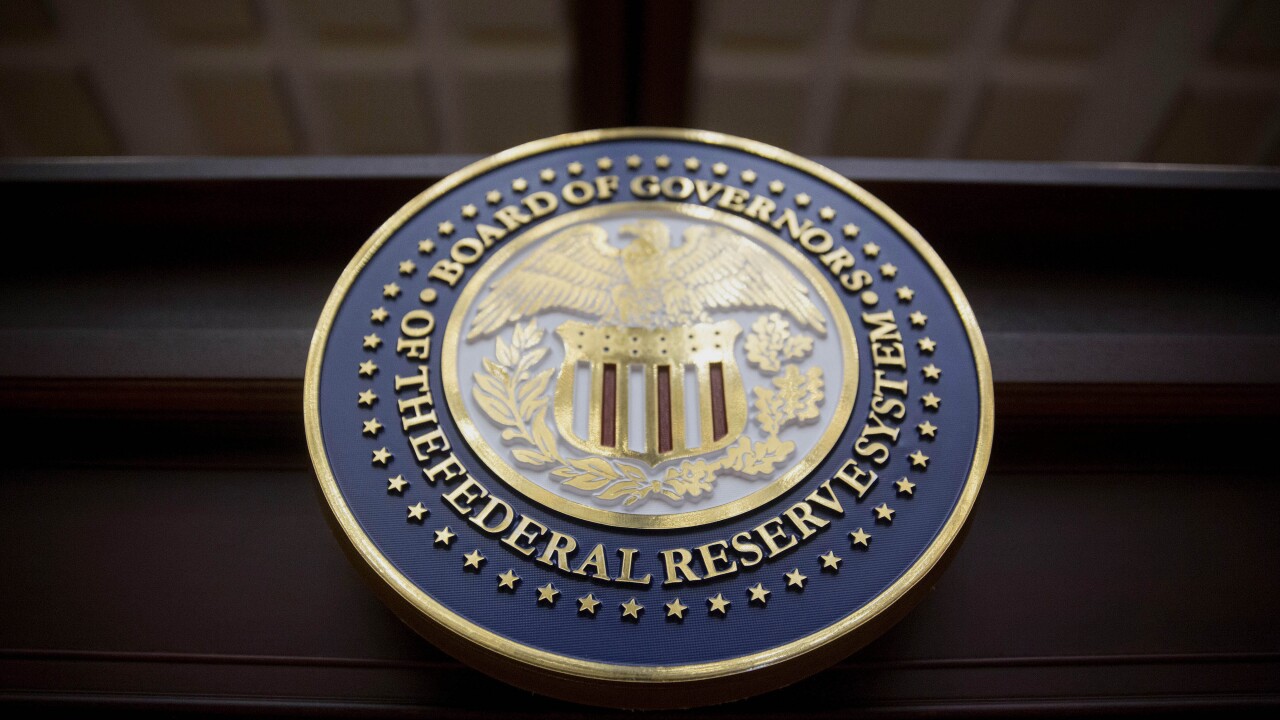Many in the industry are starting to catch on to the concept that payments, while a critical foundation for mobile wallets, are taking a back seat to the sexier consumer-facing digital coupons, loyalty programs or targeted promotions through a mobile phone.
For an industry in the U.S. that has embraced magnetic-stripe plastic cards for 40-plus years, it is a challenge and somewhat of an unanswered mystery as to whether it is ready to get on the fast track of technological change that mobile commerce potentially represents.
“Payments are a small sliver of the innovations in contactless and digital services,” Mario Shiliashki, group head for e-commerce product development at MasterCard, says. “The missing piece is what’s beyond the payment.”
The industry has been focusing so squarely on payments for so long, it has not been thinking about what’s around that payment, Shiliashki adds.
“The key message is that mobile payments is a misnomer,” Richard Oglesby, senior analyst and mobile pay expert with Boston-based Aite Group, says. “This is all about mobile marketing, which drives sales, and payment is a key component of the sale.”
The payments industry as a whole is not prepared for mobile commerce, making it easier for the third-party entrants to establish themselves as dominant players, Oglesby says.
“The payments industry is moving, but not nearly as fast as the startups,” he says.
More than 200 retailers responding to a National Retail Federation survey this year make it quite clear as to the challenges facing mobile commerce developers and traditional payments companies and networks, says Dan Butler, vice president of retail operations for The NRF.
“They believe mobile commerce is the future, but they don’t want to spend money on technology, and then seven months later that technology changes,” Butler told attendees at a recent mobile payment summit. “They are deathly afraid of this.”
Given that, retailers likely feel it may not be a wise strategy to commit to a new payments and marketing method potentially driven by ever-changing mobile phone technology.
Instead, a strategy for mobile commerce developers and retailers alike should rest squarely on the partnerships they consummate, says Aidoo Osei, senior manager of product strategy for Firethorn Mobile Inc.
“Mobile payments is like a roller coaster hype cycle,” Osei says. “You need a sustainable business model and need to identify correct partnerships and then let those drive your solutions.”
Mobile commerce represents “an expanding universe of opportunities to enhance the shopping experience,” Osei says. “We are just now scratching the surface of it,” he adds.
Companies such as Google, PayPal and Square, and joint ventures such as Isis, seem to scratch at that surface harder than others. There is a good reason for that, as all of these companies have access to similar data about what retailers may spend on mobile initiatives in the future. The card brands keep issuers and mobile commerce developers alike well informed of such matters.
U.S. retailers spent $220 million on mobile payment initiatives in their 2011 budgets, which represents only 0.15% of total advertising budget, according to MasterCard Inc.
However, 60% of those retailers said mobile was an important part of their future strategic initiatives, MasterCard's Shiliashki shared with attendees of a mobile commerce meeting.
And a MasterCard forecast suggests that consumers appear ready, willing and able to participate in mobile commerce – to the tune of $43 billion in mobile coupon redemption globally by 2016.
And consumers will catch on quickly, if the payments industry focuses on the mobile payment aspects that will make their lives easier, says Joanna Lambert, senior vice president of strategy at American Express.
“The key driver for consumers will be to save time by making things ‘on the go’ easier to do,” Lambert says.
Consumers will surely embrace mobile salary deposit, remote check deposit, and person-to-person payments, Lambert adds.
But for now, swiping a card at a point of sale terminal remains easier for consumers than adopting any number of mobile pay technologies, she says.
The same arguments for enhancing mobile commerce for consumers have been bantered about for a few years now, says industry analyst Todd Ablowitz, president of Centennial, Colo.-based Double Diamond Group LLC.
“But more and more people and companies are recognizing it now,” Ablowitz says.
“What will really be interesting is which company or companies can be the first to leverage this in the real world at scale.”
The simple strategy is to keep the consumer in mind at all times, he says.
“Consumers want a simple, compelling, high-value experience, period,” Ablowitz says.
Consumers don’t understand or care about the details of payment processing, he says. “When the market has to move consumers along to new technologies there must be a value proposition to them.”





